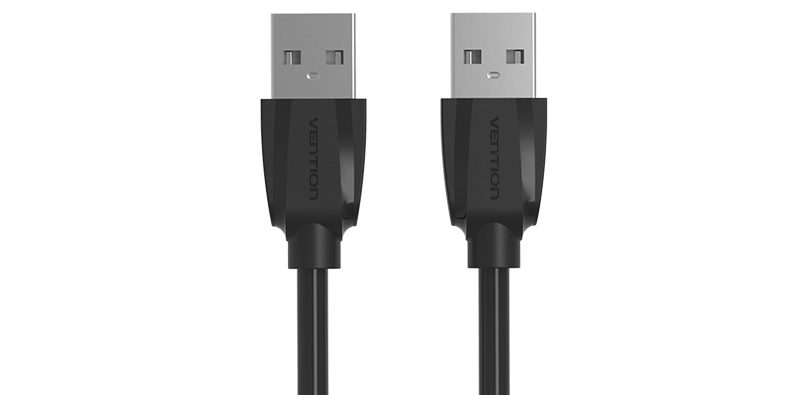USB is the abbreviation of Universal Serial Bus, a technology first proposed by Intel and Microsoft. Generally speaking, the USB ports we use today are divided into three categories, which we call Standard USB, Mini USB, and Micro USB. Now let's introduce these three main types of USB ports one by one.

Standard USB Type-A interface is the first generation of USB interface. Type-A has underwent a ongoing lifespan of 24 years which experienced the first generation of USB 1.0 to the latest USB 3.2. This is quite an miracle for it existed in such a fast development industry that constantly accompanied with the replacement of old version of the product by the faster and better new product.

From the diagram below, we can see the initial generation of Type-A interface contains four pins. Respectively, they connect to two power lines and two signal lines. The USB 3.0 version of Type-A interface increased to 9 pins without changing the appearance of the case. As the most classic interface, Type-A is mostly used in mouse, keyboards, USB flash drives and other peripherals. As early as 2004, there were already more than 100 million
USB devices in the world. In fact, the USB Type-A interface has been more than a simple interface. It is a time-honored technology that is deeply rooted in people's daily habits. Just imagine, if one day USB Type-A were to be completely retired and all the mouse and keyboards were replaced with brand new and unfamiliar interfaces. Would we miss this old Type-A port that we always confused with the correct side of plugging?


 Standard USB Type-A interface is the first generation of USB interface. Type-A has underwent a ongoing lifespan of 24 years which experienced the first generation of USB 1.0 to the latest USB 3.2. This is quite an miracle for it existed in such a fast development industry that constantly accompanied with the replacement of old version of the product by the faster and better new product.
Standard USB Type-A interface is the first generation of USB interface. Type-A has underwent a ongoing lifespan of 24 years which experienced the first generation of USB 1.0 to the latest USB 3.2. This is quite an miracle for it existed in such a fast development industry that constantly accompanied with the replacement of old version of the product by the faster and better new product.
 From the diagram below, we can see the initial generation of Type-A interface contains four pins. Respectively, they connect to two power lines and two signal lines. The USB 3.0 version of Type-A interface increased to 9 pins without changing the appearance of the case. As the most classic interface, Type-A is mostly used in mouse, keyboards, USB flash drives and other peripherals. As early as 2004, there were already more than 100 million USB devices in the world. In fact, the USB Type-A interface has been more than a simple interface. It is a time-honored technology that is deeply rooted in people's daily habits. Just imagine, if one day USB Type-A were to be completely retired and all the mouse and keyboards were replaced with brand new and unfamiliar interfaces. Would we miss this old Type-A port that we always confused with the correct side of plugging?
From the diagram below, we can see the initial generation of Type-A interface contains four pins. Respectively, they connect to two power lines and two signal lines. The USB 3.0 version of Type-A interface increased to 9 pins without changing the appearance of the case. As the most classic interface, Type-A is mostly used in mouse, keyboards, USB flash drives and other peripherals. As early as 2004, there were already more than 100 million USB devices in the world. In fact, the USB Type-A interface has been more than a simple interface. It is a time-honored technology that is deeply rooted in people's daily habits. Just imagine, if one day USB Type-A were to be completely retired and all the mouse and keyboards were replaced with brand new and unfamiliar interfaces. Would we miss this old Type-A port that we always confused with the correct side of plugging?



